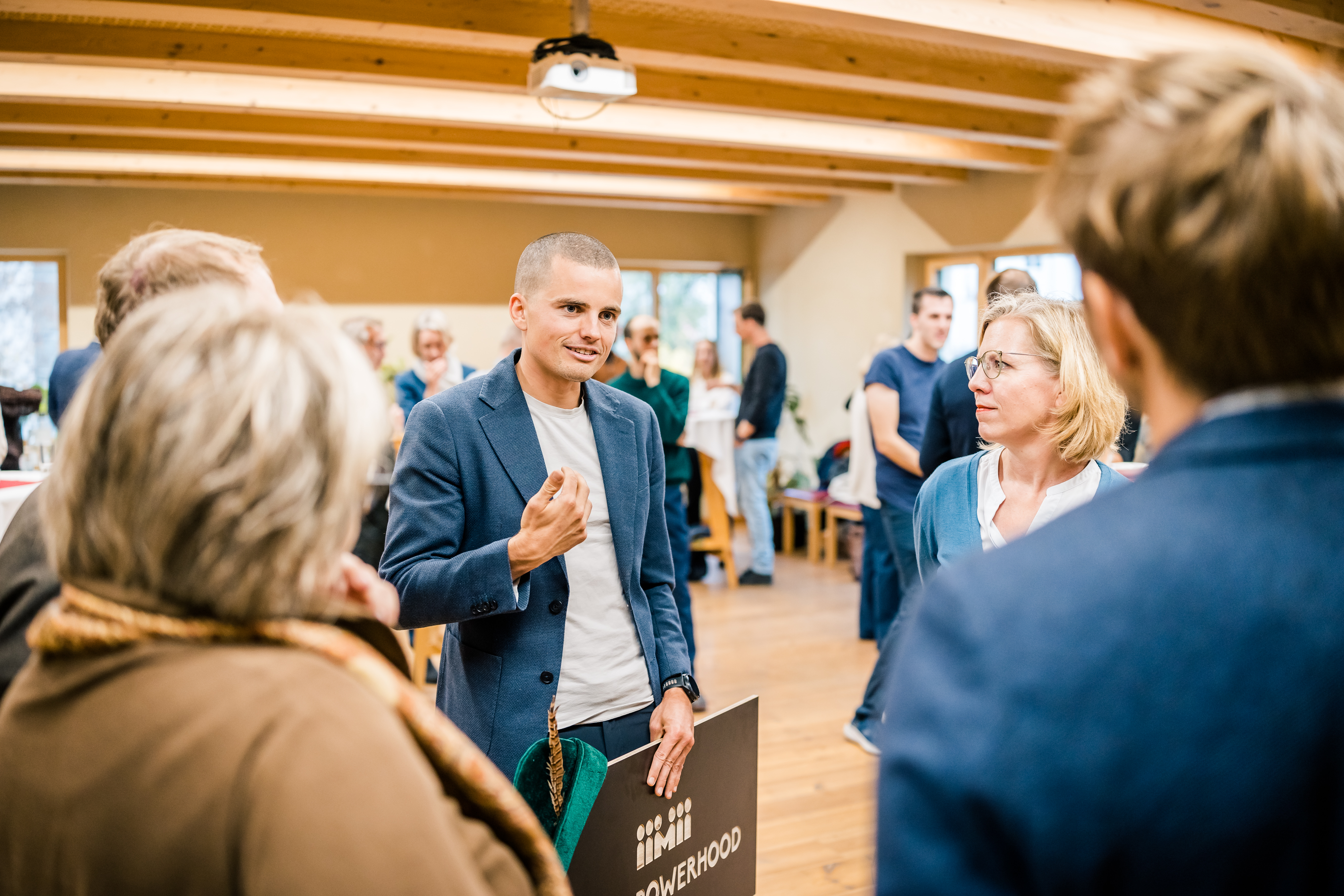Energy poverty affects up to 968,000 people in Austria, who cannot afford electricity or heating. Energy-poor households often spend over 20% of their income on energy, while households with surplus electricity sell it at low prices. These households have no access to renewable energy or the financial means to participate in the energy transition.
Robin Powerhood
Project owner: Ingrid Neuhauser und Matthias Zuser
Responsible person: Valentin Neuhauser

2025
Nominated
AT
Civil Society / Social Economy
Poverty
Education
Environment

A direct connection between energy abundance and scarcity emerges through Robin Powerhood's innovative model. Surplus electricity producers donate rather than sell their excess energy at minimal rates, creating direct links between donors and recipients in need. This energy community concept helps reduce financial burden for low-income households while simultaneously advancing social justice and environmental sustainability goals.
Leadership responsibilities rest with Matthias Zuser (GESA's Managing Director) and Ingrid Neuhauser (Managing Director at Verein Wohnen). Project management and energy community oversight fall under ECO Neuhauser GmbH's purview (approximately 15 hours weekly). Verein Wohnen handles coordination functions (about 10 hours weekly), while public relations activities require part-time staff dedication. Various social organizations contribute by identifying potential recipients and providing ongoing assistance to donation beneficiaries.
Social orientation distinguishes Robin Powerhood's energy donation framework from conventional models. Direct donations replace low-price energy sales, fostering social justice principles while creating new solidarity dimensions. Ecological and social objectives merge seamlessly within this approach, demonstrating how technical systems can generate tangible societal value beyond mere utility provision.
Environmental sustainability intertwines with social responsibility through this exemplary model of community cohesion. Both ecological and social advantages flow from these energy community structures, raising widespread awareness about sustainable energy consumption patterns. Beyond energy provision, this solidarity-centered approach inspires stakeholders across sectors to develop parallel initiatives that address multiple challenges simultaneously.



